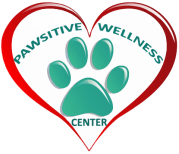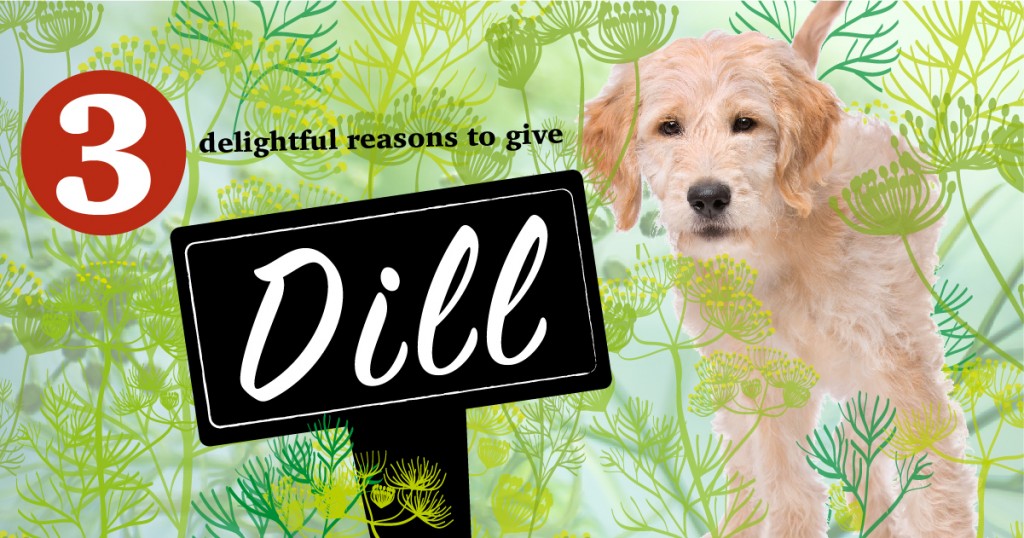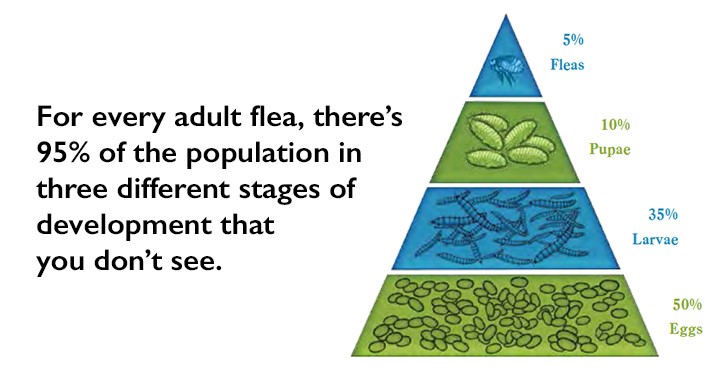|
I have read many articles about the dangers of retractable leashes but none have talked about the neck damage to the dog. Most were concerned with injuries caused by the leash snapping back and injuring a dog or person or the leash not retracting fast enough and the dog attacks another animal or gets into the street where danger lurks. This is another big concern why the retractable leash shouldn't even be manufacturered. They are not good from a training aspect either. By Dr. Dobias Today, I would like to focus on another device that is a common source of injuries - a retractable leash. Most people do not think twice about them. They appear to give a dog more freedom, especially when they have to be on a leash. But do not be mistaken, when it comes to dogs retractable leashes can cause serious damage. Let us move away from dogs and give you a human example.
Pretend to be a dog for a moment. You put a collar on your neck and attach a retractable leash to it. You ask a friend to hold the leash handle and instruct her to press the “brake button” when you start running. Jerk!!!! Bang! Your neck gets yanked on big time. Your thyroid gland suffers a trauma from the sudden jerk. If you are lucky, you will suffer no injuries, repeat this many times and a severe injury is inevitable. When it comes to dogs and retractable leashes, there are two main issues. The jerk at the end of the leash or the “leash brake” can severely damage your dogs’s neck and the thyroid gland. Even if your dog is gentle, doesn’t run to the end of the leash and you never use the brake, the spring loaded leash always applies pressure on your dog’s neck and throat. I trust that it is not the intention of retractable leash manufacturers to cause damage. I believe that they never thought of this when making their design. However, I feel the responsibility to tell you that I have seen serious problems caused by retractable leashes from hypothyroidism to damage to the nerves that results in Paw Licking in Dogs. To summarize, the best way to protect your dog’s most sensitive region, the neck, is to use a front or side clip harness and a light, shock-absorbing leash made of natural materials.
0 Comments
When I think of dill, the first thing that comes to mind is sweet dill pickles or the seasoning on a grilled salmon fillet.
What may not quickly come to mind is dill as a stomach-soother and breath freshener – and certainly not as an antibacterial. But that’s the beauty of food, isn’t it? If you find the right one, it might just be the thing that fixes what ails your dog. Part of the parsley family, a sprinkle or drop of the oil of this fun little herb could benefit your dog in one or more of these three ways: Digestion If your dog is a living vacuum cleaner – picking up any food seconds after it falls on the ground – or if the garbage can is his idea of a buffet, it’s a good idea to keep some dill on hand. It’s known as an overall digestive aid, helping with gas, nausea, cramping and appetite. Breath Freshener Since dill is a member of the parsley family, it’s really not that surprising that dill would also work as a breath freshener. According to Herbs for Pets by Gregory L. Tilford and Mary L. Wulff, dill’s breath freshening action comes from its antibacterial powers that work well in the mouth for foul breath caused by bacteria and even gingivitis. Antioxidant Dill contains antioxidant flavonoids, including kaempferol and vicenin. Kaempferol has been linked to health benefits, including anti-inflammatory, anti-cancer, cardio-protective, neuro-protective and anti-diabetic; whereas vicenin helps protect cells and chromosomes from oxygen-based damage, radiation and damage caused by free radicals. Free radical damage can lead to chronic disease like cancer, joint and organ diseases. And antioxidants are the antidote to out-of-control free radicals. Learn more about free radicals, antioxidants and how food can help, here. Dill also contains volatile oils like limonene that may help increase production of cancer-fighting enzymes (Herbs for Pets). How to Feed Dill Make dill seed tea with 1 tsp. of dill seed to 8 oz. of water and feed 2-8 oz. to your dog once it is cooled. If your dog isn’t fond of the taste, you can use unsalted broth instead of water (Herbs for Pets). As always, if you have any questions, check with your holistic vet, and use with caution in pregnant or lactating animals. If you’re a fan of dill and keep it handy in your kitchen, consider it the next time your dog gets gassy after garbage surfing or is in need of a little bit of breath freshening. If you’re tempted to reach for spot-on flea treatments, then here’s why you’ll want to be one of the 1% of people who never touch them! It can be tempting to use toxic chemical products to eliminate fleas … but it can be done using natural methods and a little persistence. A Healthy Foundation The most important factor in preventing fleas from taking over your home is your dog’s overall health and immune system. A healthy dog will naturally repel parasites and fleas will seek weaker animals who are easier targets. Always feed a natural diet and never vaccinate or use drugs or chemicals on your canine friend, either internally or externally. Also avoid chemical cleaners in your home and never use pesticides or herbicides in your yard, as these products will also impact your pet’s immune system. There are some simple remedies that will help to maximize your dog’s immune system as well. These include:
A Healthy Environment The second part of the puzzle is the environment. If the energy of your home has any disharmony in it, this too can make your dog anxious and weaken the immune system. Try to make sure everyone in your household is as content as they can be; encourage your family members to be open with each other so your dog doesn’t stress over his concern for you. I often have my clients make a mixture of the Bach flower essences walnut, crab apple, holly, wild rose and wild oat. Spray it around the house to help detoxify negative energy from the environment. The Flea Life Cycle Fleas are highly productive; a pair may produce 20,000 fleas in three months. Eggs hatch after two to 12 days into larvae that feed in the environment – generally on digested blood from adult fleas and other food matter. The food required at this stage is microscopic, and even clean carpets often offer plenty of food to the larvae. The larvae are little wiggles about three or four millimeters long; you may see some if you inspect your pet’s bedding carefully. Larvae molt twice within two to 200 days and the older larvae spin a cocoon in which they remain for one week to one year. When in this cocoon stage the young flea is invulnerable to any kind of insecticide and to low, even freezing, temperatures. Only sufficient warmth and the presence of a host can cause them to emerge. This long cocooning period explains why fleas are so difficult to eradicate. To get rid of fleas in your house, you must break this cycle. As a practical matter, this means you’ll almost certainly have to repeat your flea elimination efforts a few weeks apart to catch the fleas from the larvae that didn’t get destroyed the first time around. This is also why it is essential to address the problem of the eggs and larvae as well as the adult fleas. Eliminating Fleas It’s not enough just to rid your dog of fleas. Fleas don’t spend all their time on your dog, but will hop on when they need a meal. The eggs can be shed anywhere your dog spends time – including your own bed, if you share it! Your house and yard must also be treated to prevent reinfestation. Deflea-ing Your Dog To get rid of fleas on your dog, a soapy bath with any natural shampoo will kill them on contact. You can also place several drops of lavender and frankincense essential oils into a chemical free shampoo to prevent and kill fleas (as well as ticks). I have even used natural dish soap and find it kills them as well as anything. There are recipes on my Recipe Page.
I also recommend using a flea comb soaked in soapy water several times per day after the initial bath, until your friend is flea free. Once your dog has dried off after his bath, spray him with a mixture containing one drop each of the essential oils lemongrass, lemon, cedar and RC (a Young Living blend) per ounce of water. You can also spray him with this solution to repel pests any time he’s going into an area that is flea, tick or mosquito infested. In The Yard Use a yard hose sprayer with two ounces of dish soap and 10 drops each of neem oil and cedarwood oil to kill adult fleas in your grass and areas where your dog plays or lies. I recommend doing this once per week during the flea season. Do not spray succulent plants with this mixture because it may harm them. You can also order Wondercide, which makes cedar oil products for use on your yard, as well as your dog and home. In Your Home In my experience, steam cleaning a rug will kill all of the adult fleas immediately. When the carpets are completely dry, put a mixture of one part Borax salts to three parts table salt and rake it into all carpeted areas of the house. Leave for a week and then vacuum very thoroughly. Pay attention to cracks in the floor where eggs may have been laid. Dispose of the vacuum contents by burning or placing them in a closed plastic bag in the outdoor trash so that the eggs don’t hatch in your broom closet! Wash your dog’s bedding (and your own, if he spends time on it) and dry in a hot dryer if the fabric will stand it. It’s helpful to follow up with food grade diatomaceous earth. Sprinkle it on bedding, upholstered furniture, carpets and other surfaces in your home; work it in with a broom and leave it down for a few hours or overnight; then vacuum thoroughly. (You can also sprinkle the food grade DE on your dog’s skin to prevent or get rid of fleas. Be careful not to get DE in the eyes, nose and mouth.) To help eliminate the eggs, add one teaspoon of wintergreen essential oil to a quart of hot water in a mist sprayer. Then mist carpets, upholstered furniture, pillows and other places where flea eggs can hatch. The mist will not kill fleas but it will kill the eggs. Spray about three times a year. The odor goes away in a few days and you are safe for months without the danger of pesticides. Since oil of wintergreen is used on babies, I do not believe it can hurt cats or dogs when used like this in their environment (and not directly on the animal). Remember that carpets, rugs, and upholstered furniture are the prime places for depositing flea eggs. It’s a drastic measure, but some people have success ridding their home of fleas by removing their carpets and replacing with tile or hardwood floors. Another very old, safe method of removing fleas is soapy water under a light bulb. Hang a light bulb one foot above a low container about a foot wide and two to three inches deep. Add at least an inch of soapy water to it. The fleas will jump to the light and fall in the soapy water. You will need to move it around about five feet a day or have several traps in the areas where your dog hangs out and sleeps. You can use these traps indoors, as well as outdoors in damp or shaded areas where fleas proliferate – under porches, decks, carports, at the edges of woods and especially in places where your pets lie down outdoors. |
Blog CreatorMary DeRoche Archives
April 2024
Categories
All
|
DISCLAIMER: I, Mary DeRoche, am not a veterinarian and do not practice medicine. I do not diagnose, cure, heal, treat disease or otherwise prescribe medication. I assist people in working with their animals in correcting energetic imbalances in their pet’s bio-field that assists the body to release its innate healing ability. When the energy chi of the body is balanced and moving correctly, the body’s innate natural energy heals itself. All healing is self-healing. Animals are affected by their environment so I also include the pet parents in my work. Animals do pick up energy from their family and environment. I only recommend the use of therapeutic grade essential oils for your pets because therapeutic grade essential oils have been tested to guarantee that they are free of synthetics, additives, toxins and any other impurities, which can result in side effects and/or inconsistent results. Essential oils and supplements are recommendations to help boost the pet’s immune system.
I recommend that clients continue to see their pet’s regular veterinarian and follow their advice and my work is a complement to regular allopathic medicine. My spiritual energy work is not a substitute for conventional medical diagnosis or treatment for any medical or psychological condition. For such issues, you should seek the proper licensed veterinarian. I am a Healing Touch for Animals Practitioner and a Subtle Energy Practitioner and my work is spiritually and energetically based and I believe all healing is spiritual in nature. I do not make any promises, warranties or guarantees about results of my work, or of the energy sessions. The energy sessions help many animals but like any energy work, it might not work for everyone. The use of essential oils, herbs and supplements is to assist the pet with balancing chakra centers for proper energy flow or chi.
© 2013~2023 Pawsitive Wellness Center All Rights Reserved.
I recommend that clients continue to see their pet’s regular veterinarian and follow their advice and my work is a complement to regular allopathic medicine. My spiritual energy work is not a substitute for conventional medical diagnosis or treatment for any medical or psychological condition. For such issues, you should seek the proper licensed veterinarian. I am a Healing Touch for Animals Practitioner and a Subtle Energy Practitioner and my work is spiritually and energetically based and I believe all healing is spiritual in nature. I do not make any promises, warranties or guarantees about results of my work, or of the energy sessions. The energy sessions help many animals but like any energy work, it might not work for everyone. The use of essential oils, herbs and supplements is to assist the pet with balancing chakra centers for proper energy flow or chi.
© 2013~2023 Pawsitive Wellness Center All Rights Reserved.




 RSS Feed
RSS Feed